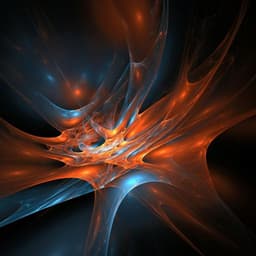
Engineering and Technology
Multifunctional electrochromic energy storage devices by chemical cross-linking: impact of a WO3·H2O nanoparticle-embedded chitosan thin film on amorphous WO3 films
B. Koo, M. Jo, et al.
Discover groundbreaking advancements in multifunctional electrochromic energy storage devices with the innovative hybrid films created by Bon-Ryul Koo and colleagues at Seoul National University of Science and Technology. These films exhibit remarkable switching speeds, enhanced coloration efficiency, and impressive energy storage capabilities, revolutionizing the future of electrochromics!
~3 min • Beginner • English
Related Publications
Explore these studies to deepen your understanding of the subject.







